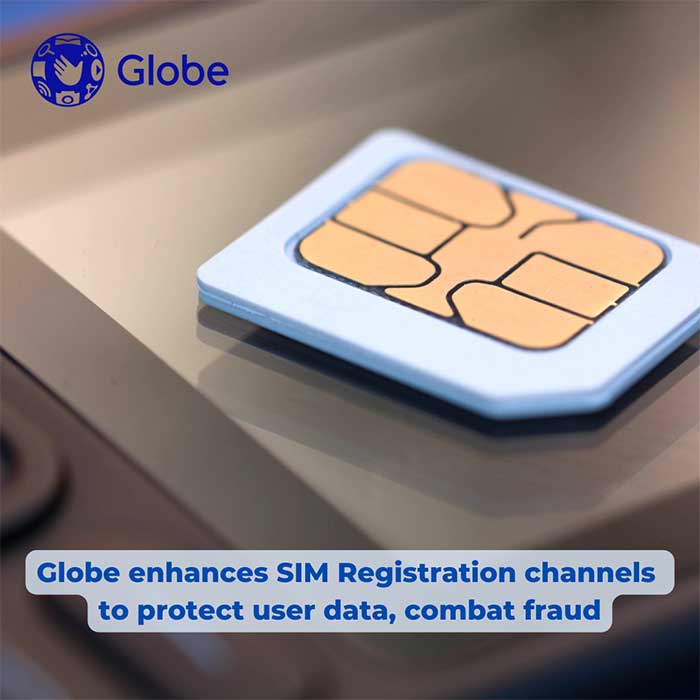
Globe has completed major improvements to its SIM registration channels aligned with the company’s commitment to protect customer identities and deter fraudulent activities.
The measures include implementing advanced encryption protocols to secure data transmitted during the registration process and introducing live photo capture technology to prevent the use of stock or pre-existing photos.
To combat the submission of fraudulent documents, Globe continues to use Optical Character Recognition (OCR) technology. This allows the matching of text entries on the SIM registration form with data on a SIM user’s uploaded ID, significantly reducing the chances of having fake or doctored documents pass through the system.
Additionally, Globe has limited the number of ID submission retries to prevent random or repeated attempts to register with fictitious documents.
Globe’s efforts extend beyond the initial registration process. The company has embarked on a comprehensive post-validation initiative, having already reviewed 11 million existing SIM records as part of its commitment to the success of the SIM Registration Act. The move aims to ensure the integrity of Globe’s customer database, as it aims to complete the validation of the remaining 40 million records within the year. It has already completed validation of some 11 million registrations.
“We continue to invest in and enhance our tools to deliver a more secure and effective validation process to proactively deter and detect fraudsters. It’s a continuous journey for us to keep on protecting our customers,” said Darius Delgado, Head of Globe’s Consumer Mobile Business.
The SIM Registration Act mandates the registration of all SIMs to protect consumers from illegal activities such as scams, smishing, and other forms of mobile phone and online fraud.
By continuously improving its systems, Globe aims to establish a secure and reliable framework for SIM registration, ensuring the safeguarding of user data and maintaining the integrity of telecom services in the country.
















